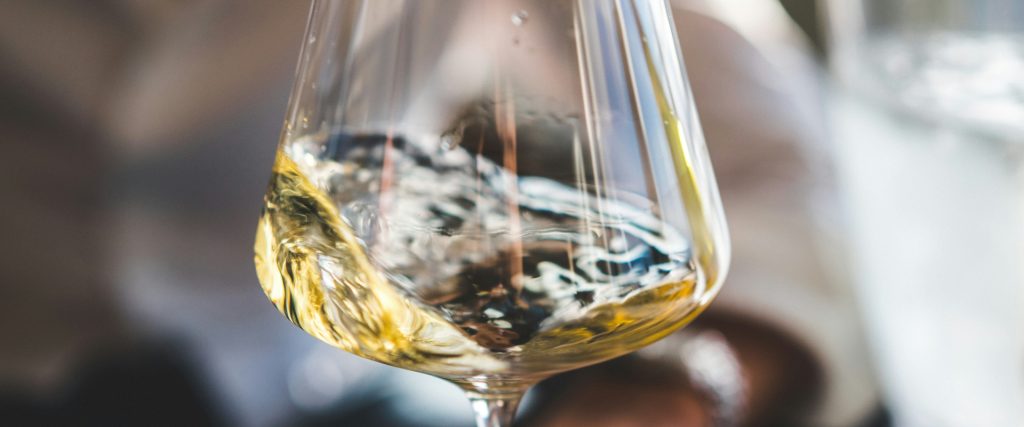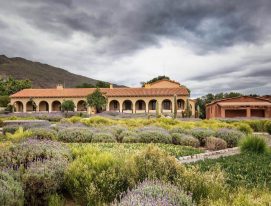Chardonnay has a long history in Argentina. One of the most widely cultivated varieties in the country, it’s a local favorite, which is why wineries have always paid special attention the white, which today is available in an unprecedented range of different styles.
Argentine Chardonnay: a great opportunity for the country
Across the world, around 200 thousand hectares are under vine with Chardonnay. Of that, Argentina only accounts for 4%. Today, the dominant styles of the grape are those established in Burgundy and the Napa Valley. Argentine wineries, meanwhile, have carved out their own niche in the world of Chardonnay with their own distinctive character.
Lucas Lowi, the oenological director at Terrazas de los Andes, says, “Across the world, consumption of whites is on the increase, which isn’t true of reds. That is why Argentine Chardonnay is an opportunity that we should embrace and show the world the kind of whites we’re capable of producing. In our case, mountain Chardonnays are enjoying an exciting period of growth in international markets.”
Reinterpretations and experiments with Argentine Chardonnays
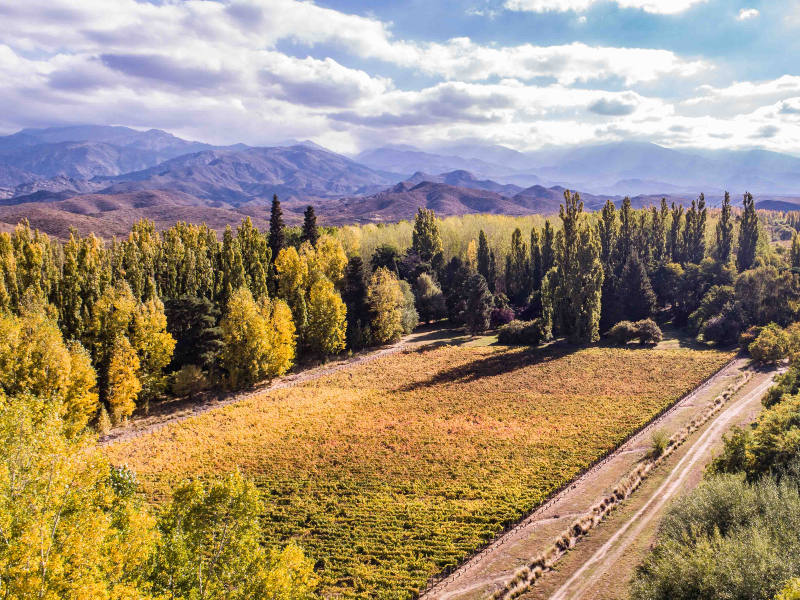
Initially, Argentine Chardonnay tended to be made in the Burgundian tradition, giving rise to a lot of classic whites that, if you’re lucky enough to find a bottle from the 1970s or 80s, are sure to impress. Then, in the 1990s, the Californian school started to become more popular with a riper profile, malolactic fermentation and more oakiness.
However, from 2010 on, the trend has shifted again. Diana Fornasero at Viña Cobos, whose Chardonnays are much admired, explains: “The main change of philosophy was the realization that it was possible to make great wines with cellar potential. That led to the development of Argentine Chardonnay into fresher, more balanced styles with an emphasis on terroir and purity and not so much on barrel aging, resulting in more elegant wines.”
Jorge Cabeza at Salentein adds: “Making great Chardonnays in Argentina isn’t a project for the future, it’s happening right now. We’ve evolved greatly and are much braver and more ambitious than before, improving our precision and understanding of our terroirs. Malolactic fermentation is tailored to suit each wine and place, as is the barrel aging. We’re making elegant, lively Chardonnays with good texture and plenty of subtle flavors. There are a lot of excellent Argentine Chardonnays available at very good prices.”
In the process, the map of Argentine Chardonnays has expanded into extreme regions. Today, greater expertise makes it possible to go on a tour of Argentina through its Chardonnays, just like Malbec.
Juan Pablo Murgia, the oenologist at Bodega Otronia, the most southerly vineyard in the world, and Argento, whose vineyards are in Mendoza, explains, “Chardonnay is very adaptable and can thrive in a range of different conditions reflecting local characteristics. That is why Argentina is becoming more prominent on the world stage. It gives us the chance to make wines that offer a clear expression of regional identities, from Patagonia to the high altitude vineyards of Mendoza as well as the coastal vineyards to the east. Thus every region produces Chardonnays quite distinct from what you find elsewhere in the world.”
Travelling the country through Chardonnay
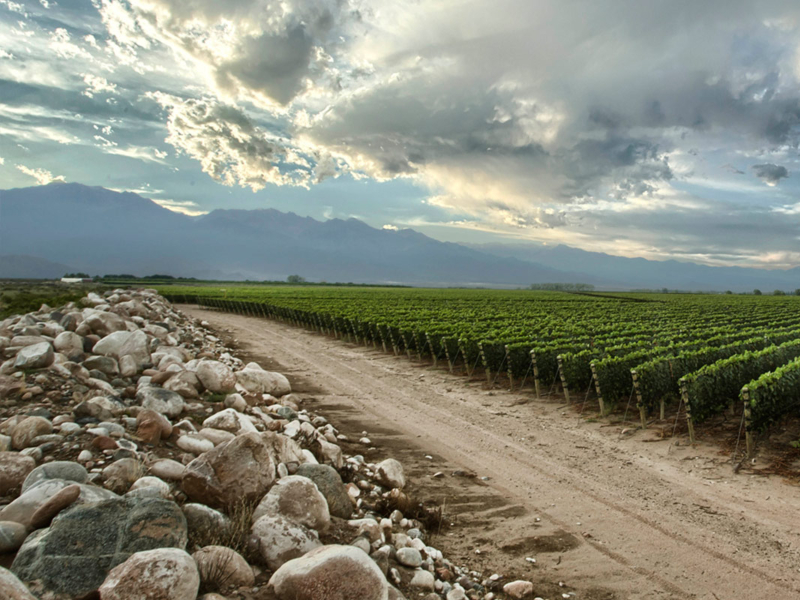
One of the main changes to the map of Argentine Chardonnay has been the movement of Mendoza vineyards from low, warm areas to higher, cooler ones. This means they don’t just enjoy the cool mountain climate but also reduce the risk from the frosts that often strike in lower areas. One of the pioneers of this migration was Catena Zapata with their vineyard in Gualtallary, Tupungato, at 4750 feet.
“When we decided to plant the Adrianna Vineyard, a lot of people thought that the grapes would never get ripe enough but we ended up discovering one of the most important terroirs in the world for Chardonnay. Because of its climate and calcareous soils, the Adrianna Vineyard gifts us with excellent whites with excellent aging potential,” says Laura Catena. “Today, Chardonnay, White Bones and White Stones match the best that Burgundy has to offer.”
Nearby Gualtallary, in Tunuyán, we find San Pablo. “It’s a terroir with an amazing altitude where the height, at between 4200 and 5600 feet, ensures a cool terroir, the temperature rarely exceeds 28°C, and the sun is milder than elsewhere in the valley and province due to the cloud cover,” says Jorge Cabeza. “Which is why we get grapes with the ideal balance between sugar concentration, pH and acidity, resulting in very elegant, vertical wines whose acidity is reminiscent of the great Burgundies.”
Sebastián Zuccardi, who makes Chardonnay in San Pablo and Gualtallary, adds: “The terroirs are quite close to one another, in our case the vines are at the same height, 4600 feet, but they’re quite different because of the distance from the mountain, and the soils. Gualtallary is high up with calcareous soils but ripens early. That means that the wines are fruity with plenty of texture. Meanwhile, in San Pablo, they ripen more slowly leading to extremely tense palates.”
Another of the areas where Argentine Chardonnay is thriving is further to the east, close to the Atlantic, in Buenos Aires. There, Ezequiel Ortega, the winemaker at Costa & Pampa, says: “In Chapadmalal, Chardonnay takes on a very elegant profile with citrus notes and a little pitted fruit. It generally has high acidity, a characteristic of all the wines from the region, which results in plenty of freshness in addition to lower alcohol levels because of the ocean climate.”
Down in the most southerly vineyard in Argentina, Chardonnay is a star. Juan Pablo Murguia explains, “Sarmiento, Chubut, is a region that is defining a new character for Argentine Chardonnay. We’re in a cold, Patagonian desert and it’s that which defines the character. The sun and wind here ensure the health of the grapes and naturally regulate the yields. The soils are sand, clay and stone. We make wines between 12.5% and 13% alcohol with 10 grams of acid, a similar combination to the best terroirs in the world with good balance and plenty of elegance.”
An Argentine Chardonnay wishlist
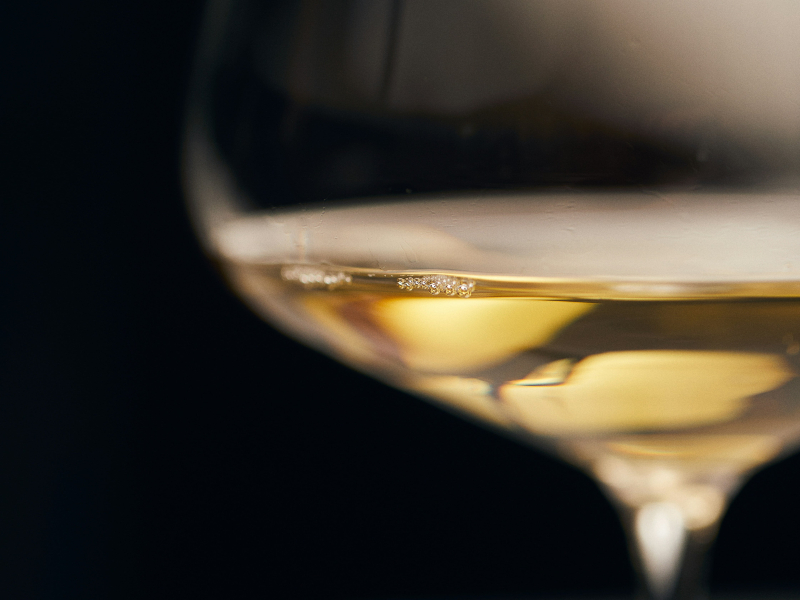
At least a dozen Argentine Chardonnays are rated as being among the best whites in the world. Lovers of the variety and anyone who enjoys a great white will want to remember the following list the next time they’re at the wine store.
There’s no doubt that the biggest award winners are the Chardonnays made by Catena Zapata in Gualtallary at their Adrianna Vineyard: White Bones and White Stones, two wines that have earned perfect scores on several occasions. From a neighboring vineyard in Gualtallary, a star is Botánico by Sebastián Zuccardi, who also produce the prestigious Fósil in San Pablo. In the same terroir, Jorge Cabeza makes Salentein Single Vineyard Las Secuoyas, one of the first world class Chardonnays from the region.
Other outstanding Chardonnays from Gualtallary are Bemberg Estate La Linterna Chardonnay Finca El Tomillo and Rutini Apartado Gran Chardonnay. In Tunuyán, there’s Cadus Single Vineyard Sabaquín, Trapiche Terroir Series Finca Las Piedras, and Cobos Vinculum. Combining grapes from different vineyards in Tupungato, one finds Terrazas de los Andes Grand Chardonnay.
Patagonia is another ideal place for great Chardonnay and the stand-outs include Chacra and Mainqué Chardonnay by Piero Incisa de la Rochetta, both made in Río Negro. In Chubut, Otronia Block III and VI are turning a lot of heads.

